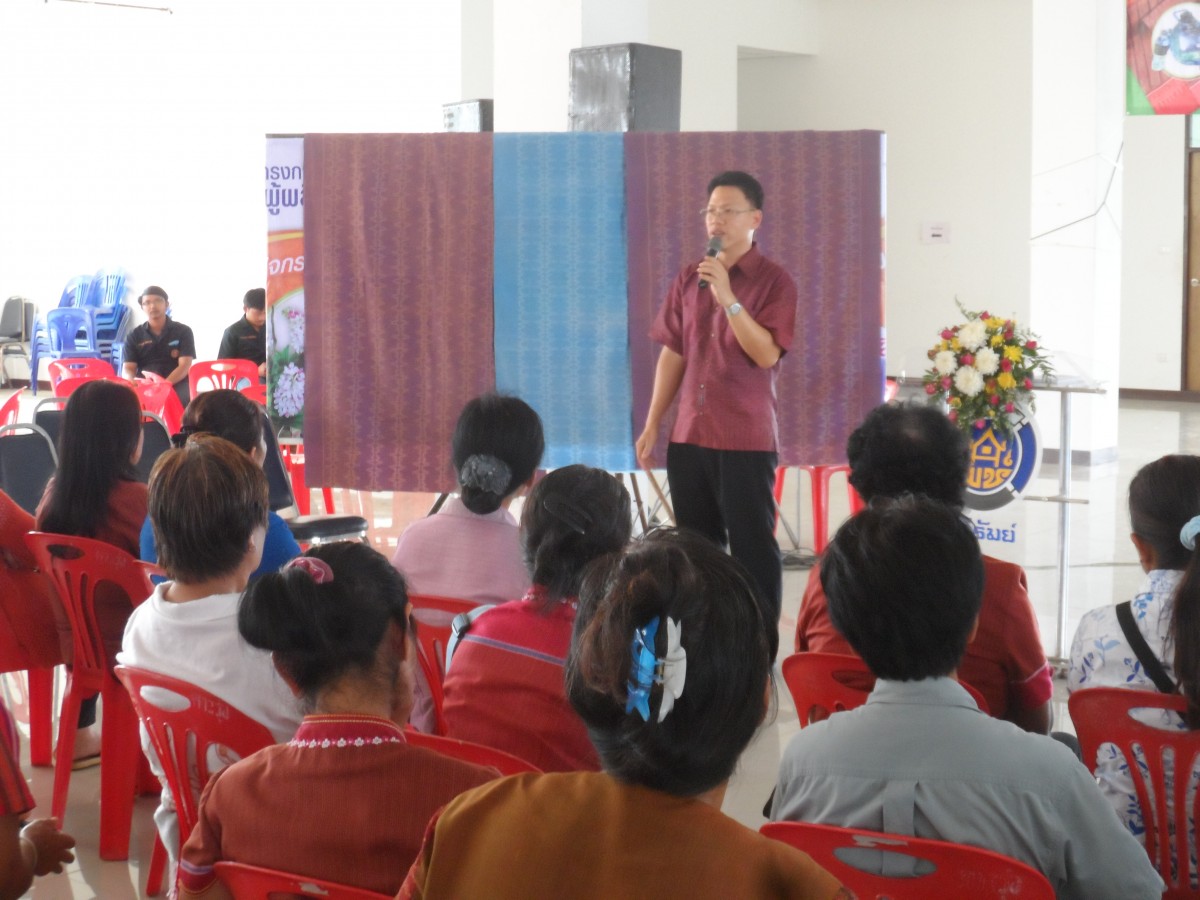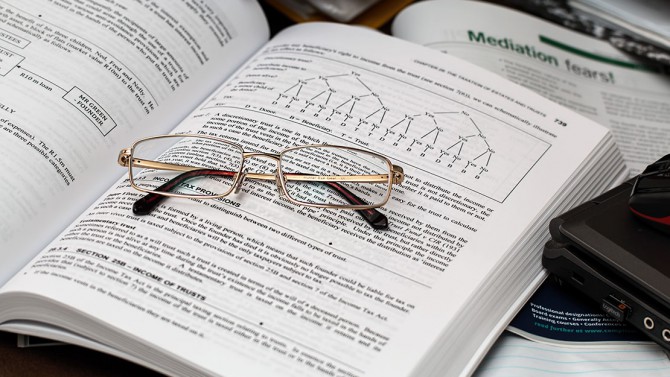
ผู้วิจัย
sombat prajonsant
บทคัดย่อ
“...Weaving Mudmee silk is one of the ancient arts of the world. Mudmee silk from different countries have the different patterns and beauty. Thai’s Mudmee silk alone, there are at least 200 patterns that have been collected by the Foundation for Promotion of Supplementary Occupations and Related Techniques of Her Majesty Queen Sirikit and there might be more patterns created every day because Thais are artists. We are great thinkers and inventors…” The royal speech of Her Majesty Queen Sirikit on 4 August 1992 at Dusidalai Hall, Dusit Palace. Mulberry plantation, silkworm cultivation, and silk weaving of Buriram people are a part of their way of life that have been conducted and handed down from generation to generation for a long time. The first actual promotion was done in the reign of King Rama the fifth by establishing the mulberry plantation and silkworm cultivation station in Buriram province and sending his 38th son who was also the first Director-General of Silk Sericulture Expert Department, Pichaimahitrodom, to visit and inspect silk of Buriram province at Phutthaisong office. Apart from this, there was also the establishment of silk reeling stations at the district offices and pavilions at temples in Napho and Phutthaisong area in order to teach the complete silk production process to the local children. The Silk Sericulture Expert Department’s silkworm cultivation experiment was moved from Bangkok to conduct at Phutthaisong office and Buriram silk became famous ever since and in 1977, H.M. Queen Sirikit accepted Napho silk weaving group as the member of Foundation for Promotion of Supplementary Occupations and Related Techniques of Her Majesty Queen Sirikit. In 1999, there was the establishment of Napho District Local Handicraft Center to serve the occupational development plans under Her Royal Highness Princess Maha Chakri Sirindhorn personal projects for solving drought problems in Napho district. H.R.H. Princess Maha Chakri Sirindhorn paid her royal visit to the area for 5 times resulted in the improvement in weaving skills of the Buriram people. Buriram silk is full of colors with various patterns according to the popularity of Buriram people which consists of 4 ethnic groups: Thai-Korat ethnic group’s people love soft silk called “Hangkrarok” and plain color silk. People from Thai-Khmer ethnic group love soft silk with “Hangkrarok”, “Allaprom”, “Hol”, and “Lukekaew” pattern. Kouy ethnic group’s people love 2 “Kraniew” soft silk with stripes, and the people from Thai-Laos ethnic group love Mudmee silk. The well known silk that was accepted that it represents the uniqueness of Buriram province is “Phasinteendaeng” or Red Footed Sarong. The production sources are in Phutthaisong and Napho district. However, besides Mudmee silk with the traditional patterns that were popular among conservative consumers, there are still groups of consumers who need the development of new patterns. Therefore, the promotion and development of Buriram province’s unique silk patterns was performed. In 2003, there was the emergence of “Hangkrarokkhuu” pattern silk and later in 2012, “Hangkrarokkhuu- Phasinteendaeng” pattern silk was designed by using the combination of “Hangkrarokkhuu” pattern and pattern of “Phasinteendaeng” Thus, in 2013, Buriram Community Development Office assigned Associate Professor Sombat Prajonsant to be the designer of the new Mudmee silk patterns for being the new unique patterns of Buriram province’s Mudmee silk.
หน่วยงานการอ้างอิง
สำนักงานพันธกิจมหาวิทยาลัยกับสังคม ประเทศไทย










ความคิดเห็น